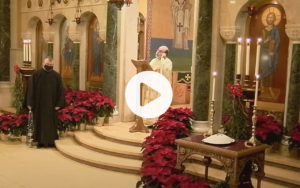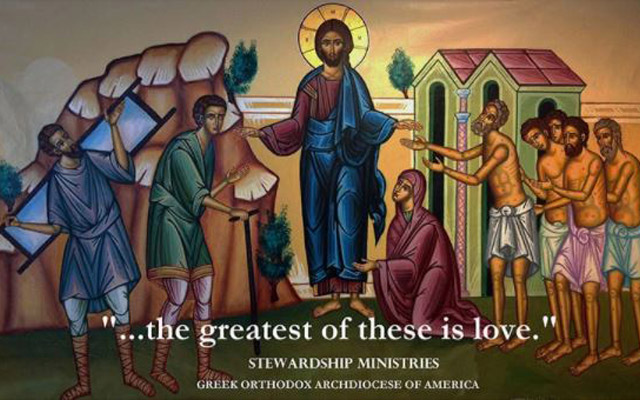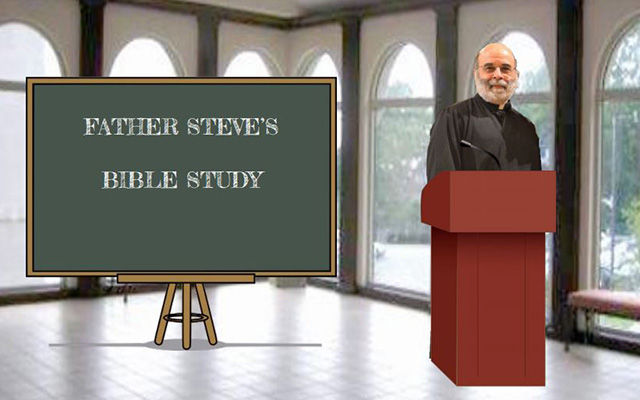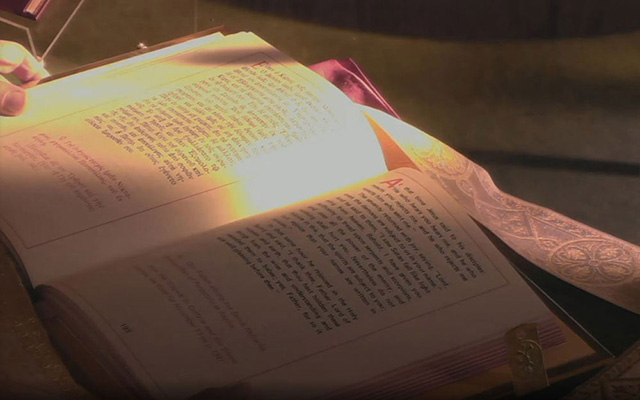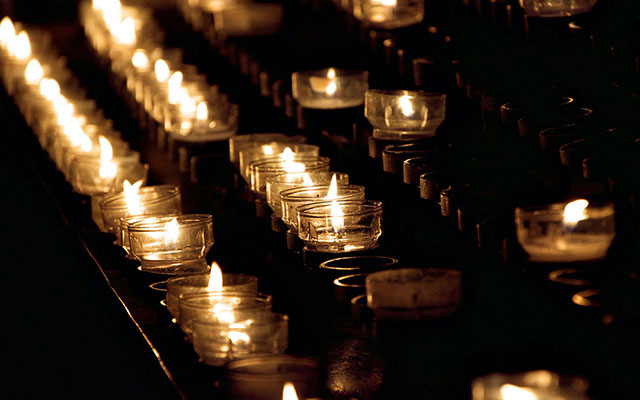Members of one another (Part IV)
For St Silouan, as we have seen from his conversation with the dour hermit, this love for our fellow-humans includes even hell within its scope. Expounding the teaching of the Starets, Fr Sophrony writes: Dwelling in heaven, the Saints behold hell and embrace it too in their love. This is possible for them, because the love that is at work in their hearts is nothing else than the love of God Himself; and God’s love


